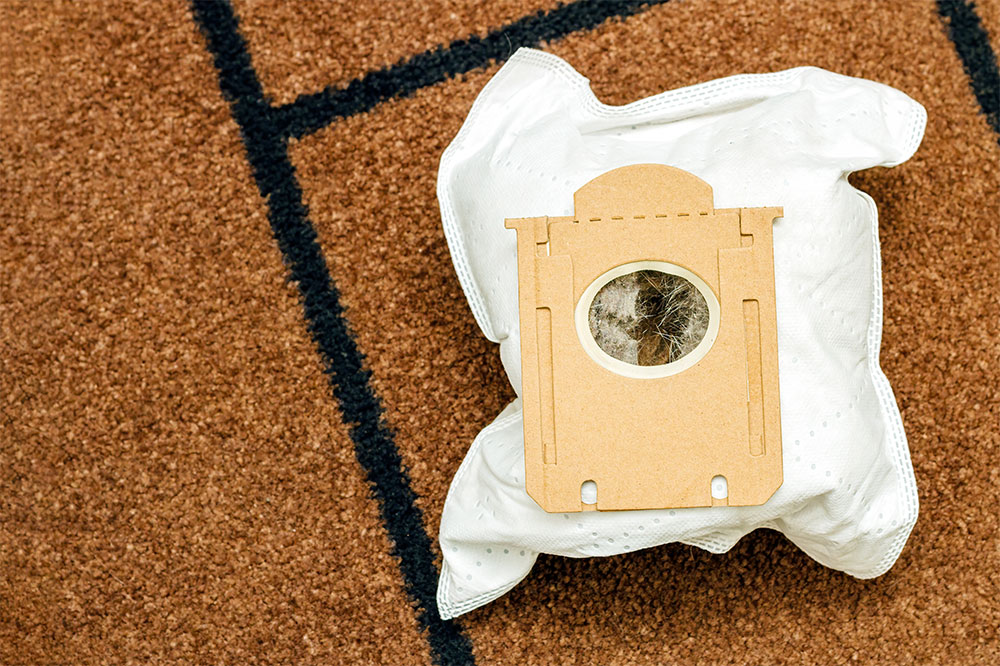8 common mistakes people make with their 401(k) plan

A 401(k) is a phenomenally successful retirement plan offered by an employer that encourages employees to save a specific amount of their income from every paycheck. The employee can choose the amount to be saved, and the employer matches the amount. These amounts accumulate in the employee 401(k) retirement account. An employee can invest the amount, take a loan against it, or withdraw it before retirement—against conditions and penalties.
Advantages of 401(k) for employees
401(k) plans allow employees to have financial security during retirement without worrying about managing their post-retirement life without income. They can now set a portion of their income to secure their post-retirement financial needs. The plan also offers tax savings, opportunities to invest the money accumulated in their 401(k) plan, and, under specific conditions, take a loan in case of a financial emergency.
Common mistakes that can devalue a 401(k)
If an employee uses the various provisions and benefits of 401(k) in terms of contributions and investment, it can be a solid fund with good savings, returns, and tax benefits.
However, if an employee does not use the opportunity well, it can result in wasted savings. These mistakes happen mainly because the employee may lack information about the different investment options, the loss, the penalties associated with loans, or the disadvantages associated with early savings withdrawal. These mistakes can be avoided, and one can get the full benefit of 401(k) plans to secure their retirement.
Being unaware of the scope, rules, and benefits of 401(k)
While the fundamental benefit is to encourage savings and secure some financial stability post-retirement, the 401(k) has become popular as it allows employees to invest the savings in funds and earn additional money. Many take loans and withdraw their money early, much before retirement, unaware of penalties and loss of interest. The IRS has drawn up many rules, criteria, and limitations to ensure that the 401(k) serves its purpose for someone no longer working.
Not contributing to savings
The 401(k) contribution is usually automatically deducted from the paycheck. However, in some traditional 401(k) plans, employees can alter their contribution rate or opt-out anytime. This can result in reduced savings. When the savings are not significant or not done regularly, it can result in significantly reduced savings at retirement.
Being unaware of the maximum contribution limit
The maximum contribution limits change yearly. They are currently $23,000 and have increased by about $500 from the previous year. Knowing the maximum limits allows one to contribute more and also invest more. Investing between 6% and 10% of one’s monthly income in one’s 401(K) plan is ideal, giving one significant and solid savings at retirement.
Not knowing the different plans offered
While traditional 401(k) is the most common and well-known plan, an employer can also offer Roth Plans. One can contribute to both plans, but the contribution should be within the annual contribution limit set by the IRS.
Not investing and losing out on compound interest
When one starts investing in 401(k) early, one earns compound interest on the principal and any accumulated interest. While the compounding interest may look low in the early stage, as one continues, the total compound interest earned over many years or decades can be significant.
Not continuing 401(k) while changing jobs
When one switches jobs, one can roll over the existing 401(k) to the new employer without attracting
taxes or penalties. Talk to the new employer’s 401(k) administrator about transferring their new 401(k) plan so one can continue saving and investing without a break.
Not strategizing one’s investment
One can maximize their 401(k) investment returns by paying attention to the different investment options, years of service, risk, and the amount one wants as a return when one retires. The common investment options offered in 401(k)s are:
- Mutual funds
- Exchange Traded Funds
- Conservative Funds
- Value Funds
- Balanced Funds
- Aggressive Growth Funds
- Specialized Funds
- Target-Date Funds
Without awareness about how and how much to invest, one may lose out on opportunities to earn additional income from one’s 401(k) plan. One will pay fees for one’s investments; hence, it should be worth it and give one adequate returns. Another rule is to avoid funds that charge very high fees.
Hiring a professional investment consultant may be advisable if one has little or no knowledge about investing. The expert will advise diversifying one’s investments and calculating one’s future salary based on promotions, wage raises, and bonuses. They will also help one achieve a target amount one wants to make from one’s 401(k) at retirement. One must stay committed to the plan and continue to save and increase one’s contributions as one climbs up the ladder and gets a raise in one’s salary.
Overinvesting in employer’s stock
Most experts agree that diversifying the investment guarantees better returns and reduces fees and the risk of overinvesting in a single company. In a loss, one’s savings could get wiped out. Many employees also prefer to invest in their company stocks. While companies regularly give employees stock options as a benefit, if one wants to buy them through one’s 401(k), one should use only up to 20% of one’s savings and the rest for other investment options.







